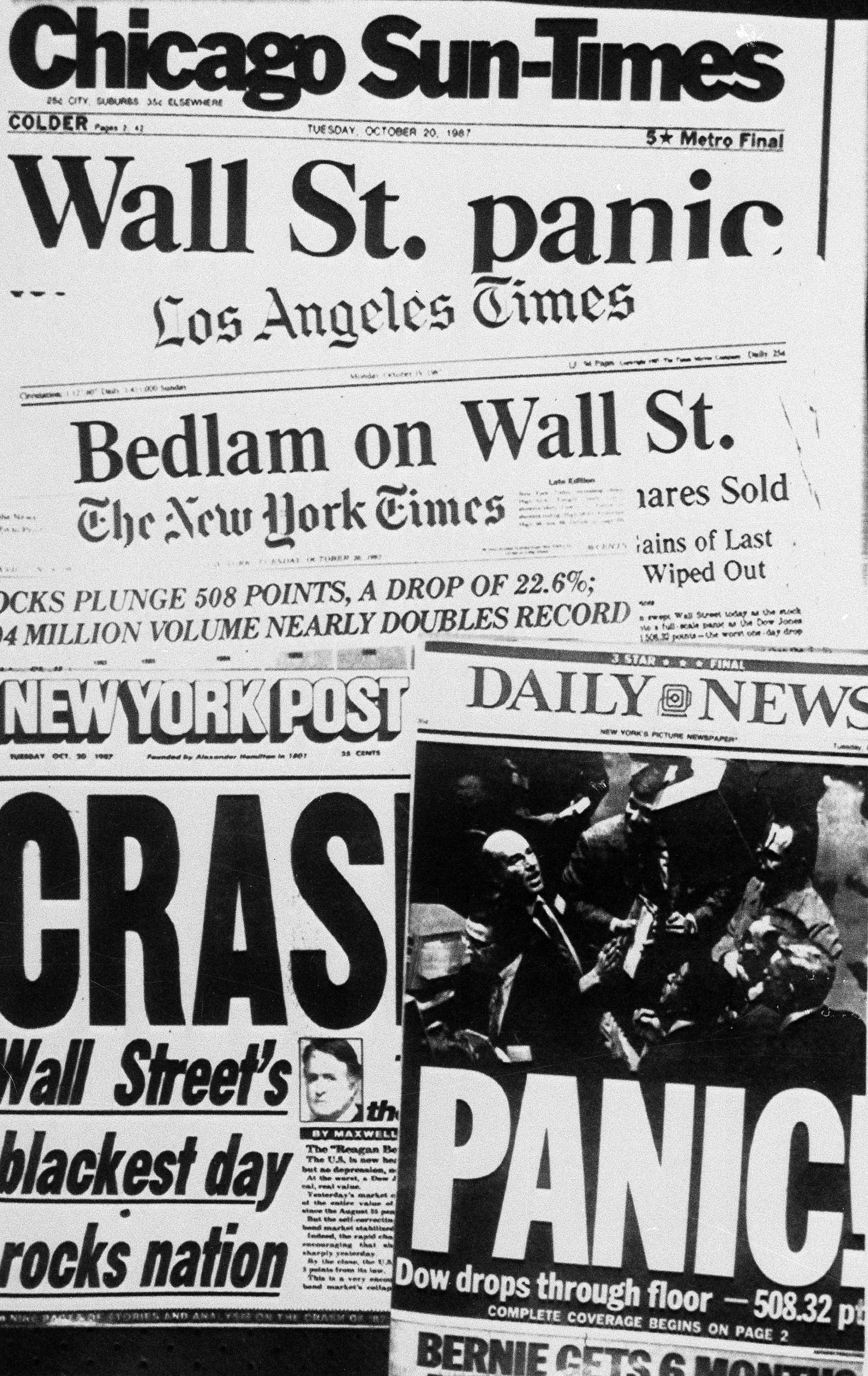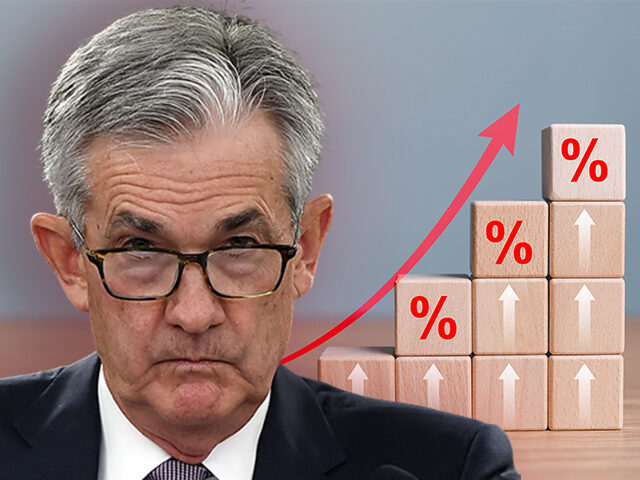The Fed Finally Broke Something
Ever since the Fed started hiking rates at a breakneck pace last year, people have been saying that the Fed would keep hiking until “something breaks.” Something broke. So, now what?
There is no room for doubt that the collapse of Silicon Valley Bank is a significant break in the U.S. financial system. The emergency bank lending facility and the backstop of uninsured deposits were put in place because officials at the Fed, the Treasury, and the Federal Deposit Insurance Corporation (FDIC) declared the failure had become “systemically important.”
Looking at what’s happened in the short-term Treasury market, you might think that the break was serious enough to make the Fed’s tightening cycle a thing of the past, perhaps permanently. The yield on the two-year Treasury has fallen from just over five percent last week to 3.75 percent, a record-setting move that suggests investors think rates are going lower—and staying lower—rather than higher.
The fed funds futures prices are telling a similar story. There’s still a 50/50 chance of a one quarter of a point hike versus a pause at the Fed’s meeting next week, but there is zero chance of the half a point hike that was the odds on favorite just one week ago. The market also implies that there is more than likely going to be a rate cut as early as June.
Disinflationary Data Supports a Slowdown or Pause
The economic data released on Wednesday will not stand in the way of a Fed decision to slow down the pace of hikes or even pause. The producer price index unexpectedly declined in February, and retail sales fell by more than expected. Unlike the jobs data and the consumer price index released last week, these point to some cooling in February. The Empire State manufacturing survey out of the New York Fed indicated a significant slowdown, including an easing in demand for labor, also adding to the cooling picture.
It was not all disinflationary news on Wednesday, however. The Atlanta Fed’s measure of business inflation expectations indicated a significant rise in February, the first increase since expectations began to decline last summer. What’s more, home builder confidence rose for the third straight month, calling into question whether earlier Fed tightening is still weighing down housing.
Financial Conditions Are Tightening Even Without a Hike
One reason to expect that the current stress in the banking system could convince the Fed to lift its foot from the rate acceleration pedal is that markets are accomplishing a good deal of financial tightening on their own. Bank lending is likely to severely constrict, as banks attempt to hoard liquidity to stave off sudden funding crises. The Fed’s goal of bringing about restrictive financial conditions is happening even without a rate hike.
A Silicon Valley Bank branch in San Francisco, CA, on March 13, 2023. (David Paul Morris/Bloomberg via Getty Images)
To put it another way, the market is no longer fighting the Fed. The collapse of Silicon Valley Bank, the volatility of prices across all sorts of financial assets, and the steep drops in equity prices (especially for financials) all indicate a market that is now doing a lot of the Fed’s work. The Fed could decide that the March hike has effectively already happened, giving it room to take a month off.
History Says It Ain’t Over
That said, it seems unlikely that the Fed will end the rate hike cycle here. The underlying inflationary pressures of very high demand, extremely low unemployment, and recent experience of high inflation remain. Barring the unlikely development of a severe financial crisis, inflation is likely to continue, and financial conditions are likely ease as the immediate market panic subsides.
History provides some useful guidance here. Alan Greenspan‘s Federal Reserve cut its interest rate target by half a point in November of 1987 after a series of disruptive hikes culminated in the Black Monday crash. Two smaller cuts followed in January and February. But because the economy was still basically healthy and inflation still stronger than desirable, the Fed resumed hiking in March. Through the following February, the Fed hiked 3.25 percentage points.

A collage showing how newspapers headlined the stock market plunge on “Black Monday,” October 19, 1987. (AP Photo)
Arguably, the Fed’s decision to cut provided necessary relief to financial markets, but it likely meant rates wound up higher than they would have been because the cuts pumped additional inflationary pressures into the economy. Fed officials are well aware of the dangers of this, and so are likely to signal that even a pause in March does not indicate the end of Fed hikes.

COMMENTS
Please let us know if you're having issues with commenting.